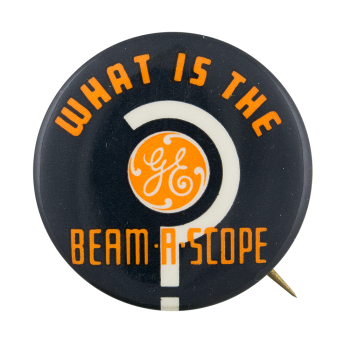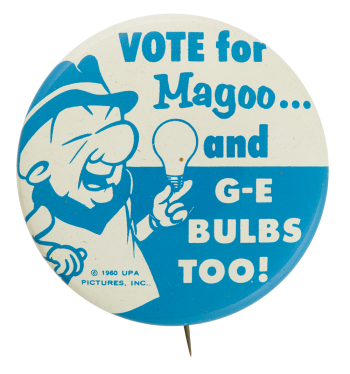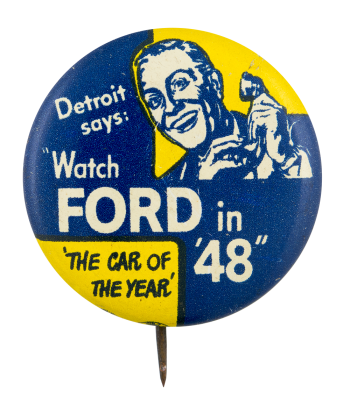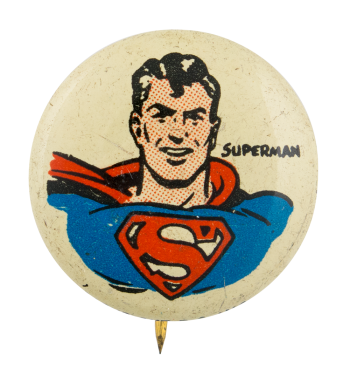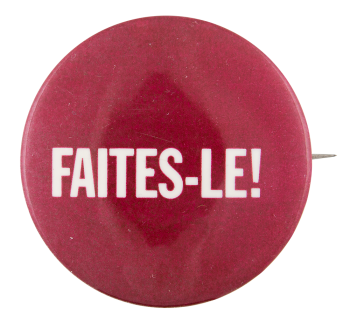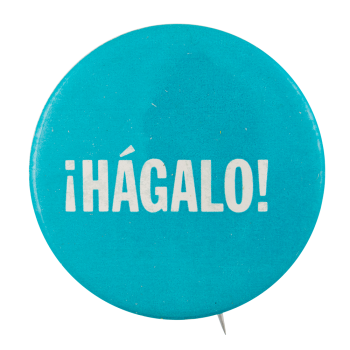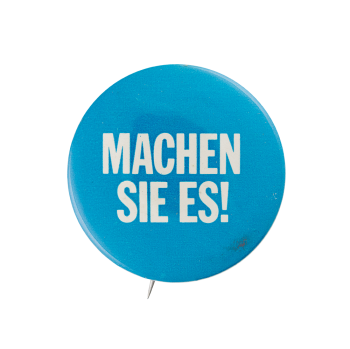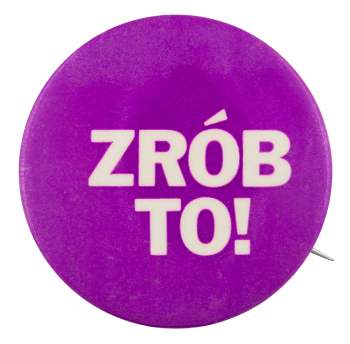What is the Beam-A-Scope
| Category | |
|---|---|
| Additional Images | |
| Sub Categories | |
| Text on Button | WHAT IS THE GE BEAM-A-SCOPE? |
| Image Description | Orange text and a white question mark on a black background |
| Curl Text | BASTIAN BROS CO ROCHESTER, N.Y. |
| Back Style | |
| The Shape | |
| The Size | |
| The Manufacturer | |
| Additional Information | The Beam-A-Scope is a shielded coil antenna that was built into the back of many General Electric radios beginning in the late 1930s. G.E.’s advertising claimed that due to the shielded design of the antenna that blocked electrostatic fields, listeners would have finer reception with less static. Before built-in antennas, radios required a grounded connection that lead to an antenna, usually installed on the roof the listener’s house or building. The Beam-A-Scope and its competitors like the Zenith Wavemagnet eliminated the need for a direct connection to an outside antenna, enabling radios to become more portable. |
| Catalog ID | AD0453 |

